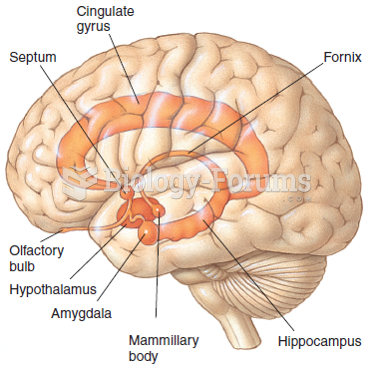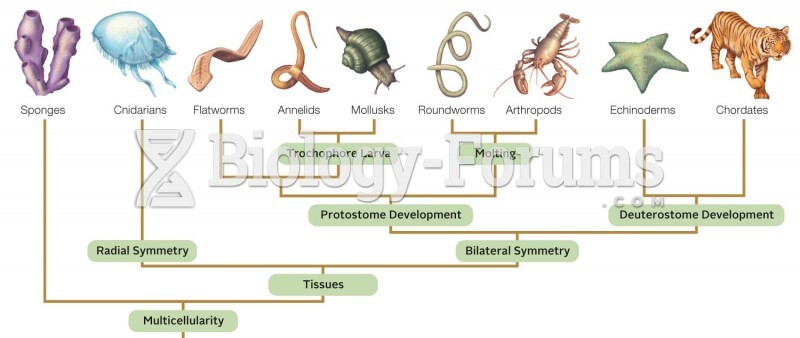|
|
|
In 2006, a generic antinausea drug named ondansetron was approved. It is used to stop nausea and vomiting associated with surgery, chemotherapy, and radiation therapy.
The heart is located in the center of the chest, with part of it tipped slightly so that it taps against the left side of the chest.
The horizontal fraction bar was introduced by the Arabs.
More than 50% of American adults have oral herpes, which is commonly known as "cold sores" or "fever blisters." The herpes virus can be active on the skin surface without showing any signs or causing any symptoms.
During the twentieth century, a variant of the metric system was used in Russia and France in which the base unit of mass was the tonne. Instead of kilograms, this system used millitonnes (mt).
 Sixteen-pin OBD II DLC with terminals identified. Scan tools use the power pin (16) ground pin (4) ...
Sixteen-pin OBD II DLC with terminals identified. Scan tools use the power pin (16) ground pin (4) ...
 Diagnostic trouble codes (DTCs) from Chrysler and Dodge vehicles can be retrieved by turning the ...
Diagnostic trouble codes (DTCs) from Chrysler and Dodge vehicles can be retrieved by turning the ...





